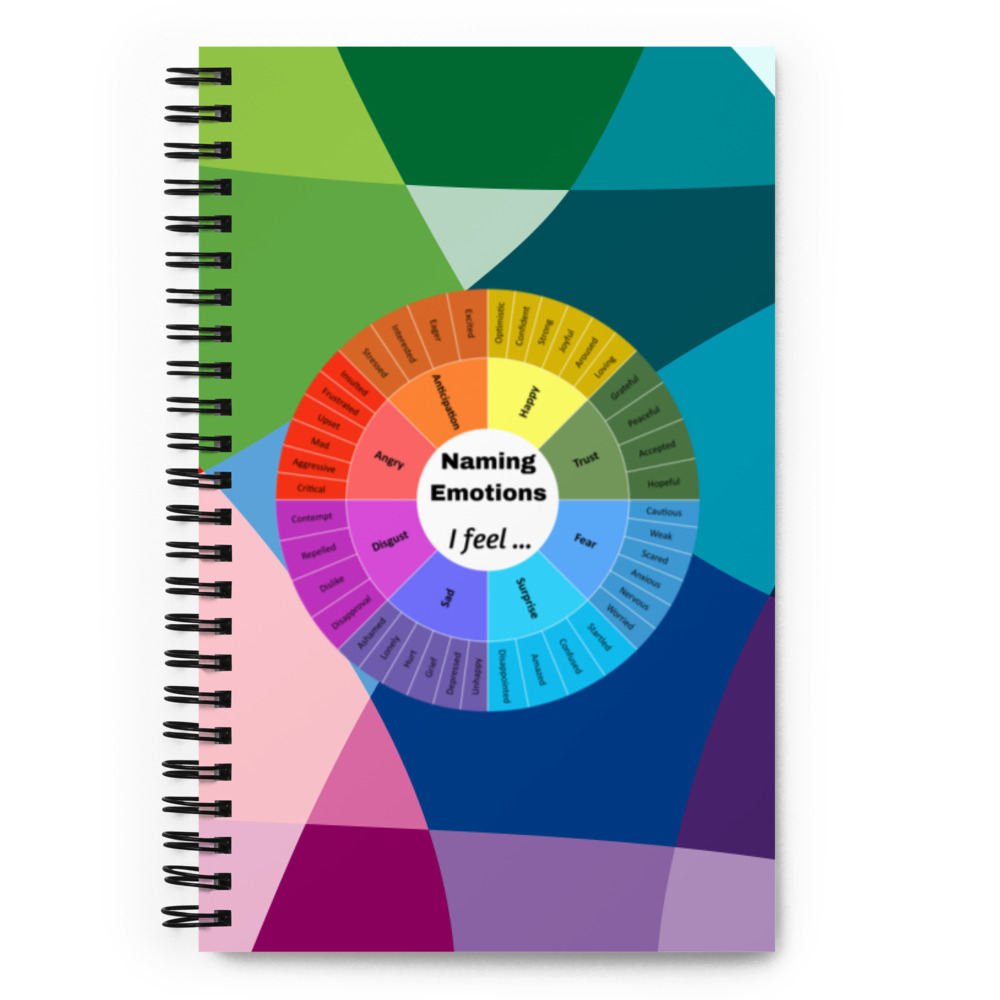
Balancing Act: Cultivating Inner Stability
In the hustle and bustle of modern life, achieving and maintaining inner stability is a valuable pursuit. Cultivating a sense of balance and tranquility within oneself contributes to overall well-being and resilience in the face of life’s challenges. Let’s explore the key elements of cultivating inner stability and fostering a sense of calm amidst the chaos.
**1. Mindfulness Practices: Grounding in the Present Moment
Mindfulness practices are powerful tools for cultivating inner stability. Engaging in activities such as meditation, deep breathing exercises, or mindful walking helps ground individuals in the present moment. These practices foster awareness, reduce stress, and contribute to a sense of inner calm.
**2. Emotional Regulation: Navigating the Waves
Emotional regulation is a crucial aspect of inner stability. Learning to navigate and regulate emotions allows individuals to respond to life’s ups and downs with equanimity. Techniques such as journaling, expressive arts, or talking to a trusted friend can aid in understanding and managing emotions effectively.
**3. Healthy Boundaries: Preserving Inner Peace
Establishing and maintaining healthy boundaries is essential for preserving inner peace. Setting limits on commitments, knowing when to say no, and creating space for self-care contribute to a balanced life. Healthy boundaries protect against overwhelm and ensure that individuals prioritize their well-being.
**4. Self-Reflection: The Path to Self-Understanding
Self-reflection is a powerful tool for cultivating inner stability. Taking time to introspect, assess personal values, and understand one’s desires and fears contributes to self-awareness. This self-understanding forms the foundation for making choices aligned with one’s authentic self.
**5. Physical Well-being: The Body-Mind Connection
The connection between physical and mental well-being is undeniable. Regular exercise, balanced nutrition, and sufficient sleep play crucial roles in cultivating inner stability. Prioritizing physical health contributes to increased energy levels, improved mood, and overall resilience.
**6. Simplicity and Minimalism: Finding Peace in Less
Simplicity and minimalism are pathways to inner stability. Decluttering physical spaces and simplifying daily routines create a sense of order and calm. Embracing a minimalist mindset encourages individuals to focus on what truly matters, reducing unnecessary stressors.
**7. Gratitude Practices: Focusing on the Positive
Cultivating gratitude shifts the focus from what’s lacking to appreciating what is present. Gratitude practices, such as keeping a gratitude journal or expressing thanks daily, contribute to a positive mindset. Focusing on the positive aspects of life enhances inner stability and overall well-being.
**8. Connection with Nature: Reconnecting for Balance
Spending time in nature is a natural remedy for inner stability. Whether it’s a walk in the park, a hike in the mountains, or simply sitting in a garden, nature has a calming effect on the mind. Reconnecting with the natural world provides a respite from the demands of daily life.
**9. Mindful Technology Use: Balancing Connectivity
While technology offers numerous benefits, mindful use is crucial for inner stability. Setting boundaries on screen time, taking digital breaks, and prioritizing face-to-face interactions contribute to a balanced relationship with technology. Balancing connectivity helps prevent digital overwhelm.
**10. Continuous Learning and Growth: Nourishing the Soul
Embracing a mindset of continuous learning and personal growth nourishes the soul and fosters inner stability. Engaging in activities that challenge and inspire, pursuing hobbies, or acquiring new skills contributes to a sense of purpose and fulfillment.
For additional insights and resources on cultivating inner stability, consider exploring the information available at Inner Stability. This platform provides valuable guidance for individuals seeking to prioritize and enhance their inner well-being. By incorporating these practices into your lifestyle, you can embark on a journey towards sustained inner stability and a more balanced, enriched life.

